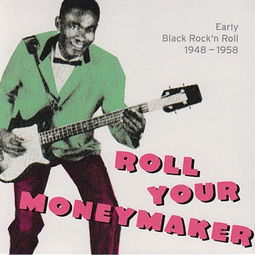
Black Widow Bite Pictures: Early Stages
When it comes to venomous creatures, the black widow spider is one that often comes to mind. Known for its potent venom and distinctive red hourglass marking on its abdomen, this spider can cause severe reactions in humans. In this article, we will delve into the early stages of a black widow bite, providing you with a detailed and comprehensive look at the initial symptoms and what to expect.
Understanding the Black Widow Spider

The black widow spider, scientifically known as Latrodectus mactans, is a species of spider that is native to the Americas. While they are generally reclusive and non-aggressive, they can bite humans if they feel threatened or are accidentally disturbed. The venom of the black widow contains powerful neurotoxins that can lead to serious health issues.
Identifying a Black Widow Bite

Recognizing a black widow bite is crucial in the early stages of treatment. The bite itself may not be immediately painful, as the venom is designed to paralyze the nervous system. However, there are several key signs to look out for:
| Sign | Description |
|---|---|
| Bite mark | A small, puncture wound with two fang marks |
| Redness and swelling | Immediate and localized reaction around the bite area |
| Severe pain | Sharp, throbbing pain that may radiate from the bite site |
| Other symptoms | Headache, nausea, vomiting, muscle spasms, and difficulty breathing |
It’s important to note that not everyone will experience the same symptoms, and some individuals may have a mild reaction. However, if you suspect a black widow bite, it is crucial to seek medical attention immediately.
Early Stages of a Black Widow Bite

After a black widow bite, the venom begins to take effect within minutes to hours. The early stages of the bite can be categorized into three phases:
Phase 1: Local Reaction
In the first phase, the venom causes an immediate localized reaction. This includes redness, swelling, and pain around the bite area. The bite mark itself may be difficult to see, as it is often small and may not be immediately noticeable.
Phase 2: Systemic Symptoms
As the venom spreads throughout the body, systemic symptoms begin to appear. These can include headache, nausea, vomiting, muscle spasms, and difficulty breathing. In some cases, the individual may also experience a racing heartbeat and increased blood pressure.
Phase 3: Neurological Symptoms
The final phase involves neurological symptoms, which can be severe. These may include confusion, difficulty speaking, and even paralysis. In rare cases, respiratory failure may occur, which can be life-threatening.
Immediate Steps After a Black Widow Bite
After a black widow bite, it is important to take immediate action to minimize the risk of complications:
- Keep the bitten area elevated to reduce swelling.
- Apply a cold compress to the bite area to help alleviate pain and swelling.
- Seek medical attention immediately.
- Inform the healthcare provider about the bite and any symptoms experienced.
Preventing Black Widow Bites
While it is impossible to completely avoid black widow spiders, there are several steps you can take to reduce your risk of a bite:
- Keep your home and yard clean and free of clutter, as this provides a habitat for spiders.
- Be cautious when handling items that have been stored for a long time, as spiders may have made their home inside.
- When outdoors, wear protective clothing and shoes, especially in areas with dense vegetation.
- Be aware of your surroundings and avoid disturbing spider habitats.
In conclusion, understanding





